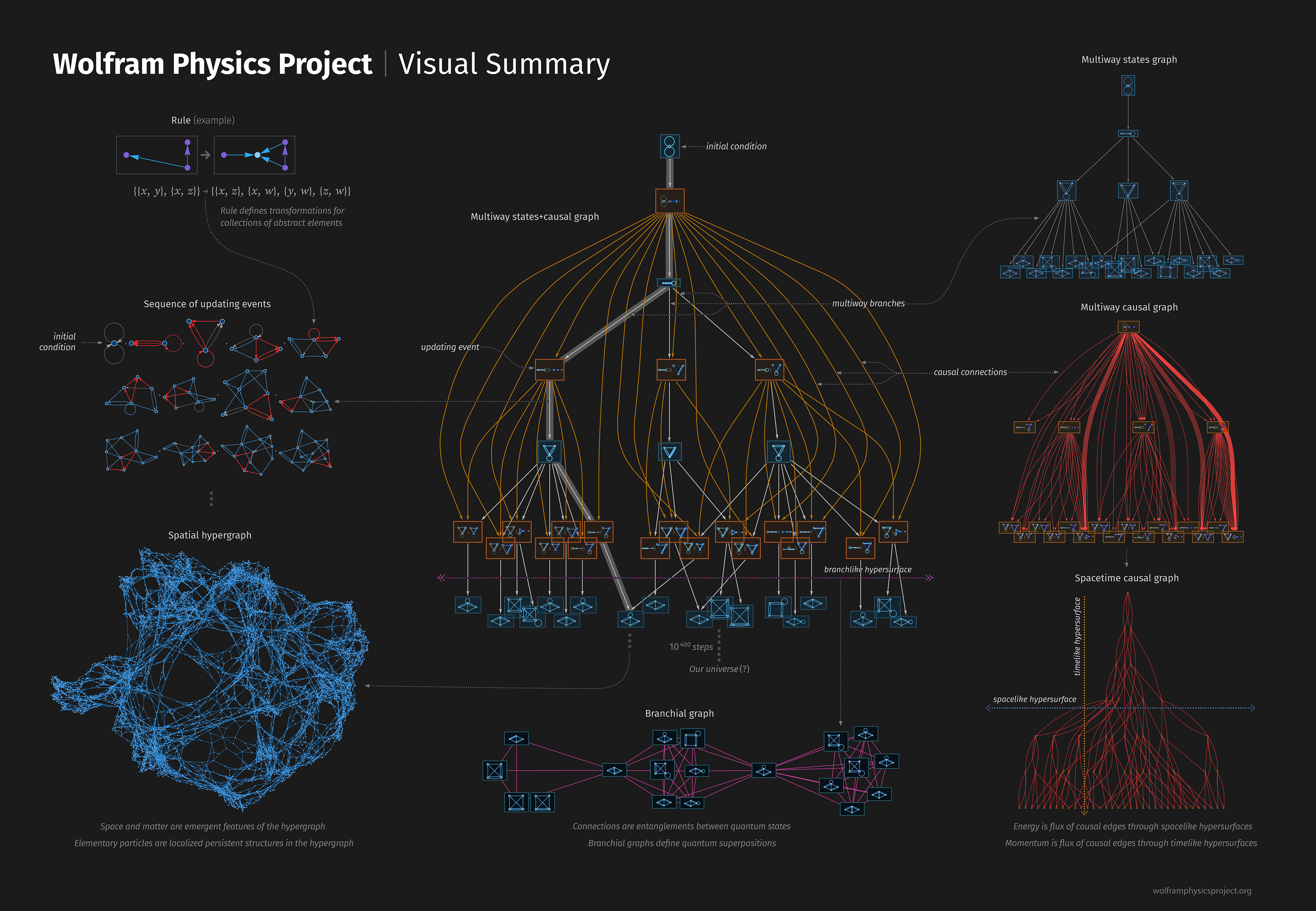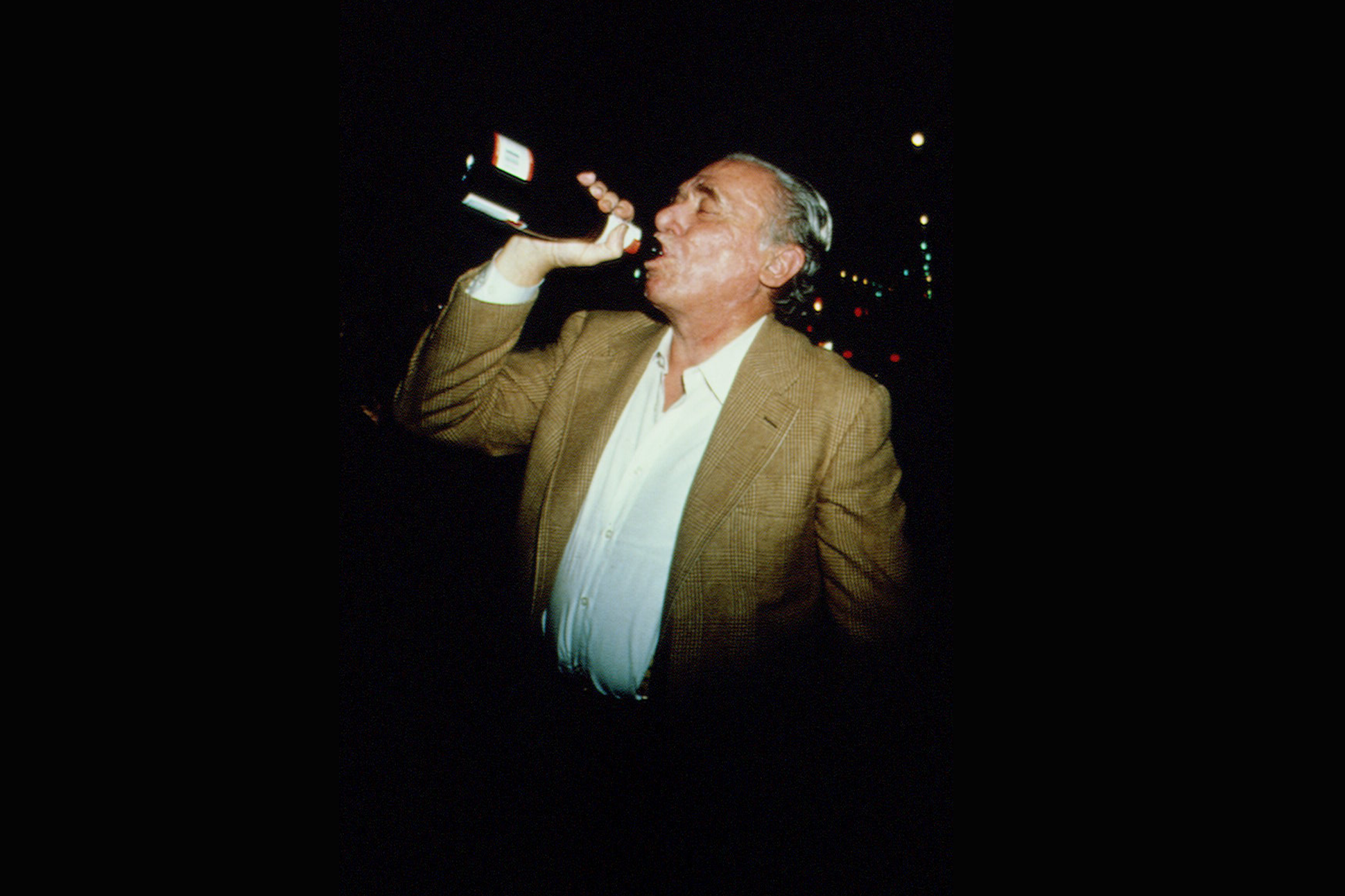Long [-ish] reads
- Started
- Last post
- 77 Responses
- jpgjpg4
Finally We May Have a Path to the Fundamental Theory of Physics...
and It’s Beautiful
- Gnash2
- that was great, thanks.fadein11
- I watched this recently (slightly related).
Interesting to see the same arguments decades ago:
https://www.youtube.…fadein11 - I loved Kerouac's books when younger but what a dick by the end.fadein11
- saved this for later, but fuck it, had half dozen beers and already wrote a half poem, let's read!grafician
- Fax_Benson1
The dying art of the hatchet job
- A good read, thanks.
'first line: “What is this shit?”' :)Nairn - Ha, yeah. That made me chuckle. Peak Dylan too. Oh the horror.Fax_Benson
- Similarly
https://www.theguard…Nairn
- A good read, thanks.
- Bennn2
The ballad of the Chowchilla bus kidnapping
In 1976, a school bus carrying 26 children and their driver disappeared from a small California town, capturing the world’s attention. Forty-five years later, we revisit the story.
- renderedred2
Web Design History Timeline
- Fax_Benson3
The Death of The Impossibly Old Farmer
true story of a man and a barn I stumbled across on twitter. Bit of a tear-jerker.
- Nairn1
"Forty years ago, a U.S. satellite detected the telltale signs of a nuclear explosion. An analysis of the evidence today points to a clandestine nuclear test, a Carter administration cover-up, and only one country that was willing and able to carry it out: Israel."
- that's a "known" israeli test in coop with south africa.renderedred
- everybody was playing it "wtf" while knowing who it was.renderedred
- shimon peres legacy :)renderedred
- Yeah, it's one of my favourtie old stories - I just liked the particularly blunt peek behind the scenes in this 40th Anniversary article.Nairn
- sure, good article.renderedred
- renderedred2
http://blog.chriszacharias.com/a…
The bittersweet consequence of YouTube’s incredible growth is that so many stories will be lost underneath all of the layers of new paint. This is why I wanted to tell the story of how, ten years ago, a small team of web developers conspired to kill IE6 from inside YouTube and got away with it.
- antimotion1
Clockwork orange sequel (unfinished) has been discovered:
- Well, at least the shitty remake by Tim Burton will take longer to see the light.maquito
- Wow, this makes me uneasy, but yeah with the current state of commercial film, totally plausible haha.antimotion
- renderedred1
From lying in bed with zero ideas to negotiating with the biggest superstar on planet earth.
- Khurram2
[H1]Kennan’s Warning on Ukraine[/H1]
[H2]Ambition, Insecurity, and the Perils of Independence[/H2]
https://www.foreignaffairs.com/u…
George Kennan, the remarkable U.S. diplomat and probing observer of international relations, is famous for forecasting the collapse of the Soviet Union. Less well known is his warning in 1948 that no Russian government would ever accept Ukrainian independence. Foreseeing a deadlocked struggle between Moscow and Kyiv, Kennan made detailed suggestions at the time about how Washington should deal with a conflict that pitted an independent Ukraine against Russia. He returned to this subject half a century later. Kennan, then in his 90s, cautioned that the eastward expansion of NATO would doom democracy in Russia and ignite another Cold War.
Kennan probably knew Russia more intimately than anyone who ever served in the U.S. government. Even before he arrived in Moscow in 1933 as a 29-year-old aide to the first U.S. ambassador the Soviet Union, he had mastered Russian and could pass as a native. In Russia, Kennan immersed himself in newspapers, official documents, literature, radio, theater, and film. He wore himself thin partying into the night with Russian artists, intellectuals, and junior officials. Dressed like a Russian, Kennan eavesdropped on Muscovites in the streetcar or at the theater. He hiked or skied into the countryside to visit gems of early Russian architecture. His disdain for Joseph Stalin’s dictatorship, particularly after the onset of the bloody purges of 1935–38, was matched only by his desire to get close to the Russian people and their culture. In 1946, after dictating his famed long telegram to the State Department warning of the Soviet threat, Kennan was brought back to Washington. The following year, he won national attention for his article in Foreign Affairs calling for the containment of Soviet expansion.
Kennan was unique. When Assistant Secretary of State Dean Acheson told a colleague that the gifted diplomat was slated to head the newly formed Policy Planning Staff, the colleague replied that “a man like Kennan would be excellent for that job.” Acheson snapped back: “A man like Kennan? There’s nobody like Kennan.” Operating from an office next door to the secretary of state, Kennan helped craft the Marshall Plan and other major midcentury initiatives.
Kennan’s star would dim after 1949 as he opposed the growing militarization of U.S. foreign policy, but he was still venerated as a Russian expert. His advice was sought by the Truman administration when it feared provoking Russia’s entry into the Korean War, by the Eisenhower administration after the death of Stalin, and by the Kennedy administration during the Berlin crisis of 1961. Despite his televised opposition to the Vietnam War and his protests against the nuclear arms race, Kennan was consulted by officials in the State Department and in the CIA well into the 1990s. In 2003, he held a press conference to protest the invasion of Iraq. An elitist blinkered by ugly prejudices that he had absorbed in the early twentieth century, Kennan nevertheless remained a clear-sighted foreign policy analyst until his death in 2005.
In light of this expertise, it is worth examining both Kennan’s skepticism about Ukrainian independence and his suggestion of how Washington should respond to a Russian attack on an independent Ukraine.
A UKRAINE SKEPTIC
In a policy paper titled “U.S. Objectives with Respect to Russia” completed in August 1948, Kennan laid out the United States’ ultimate aims in the event that the Russians invaded Ukraine. He realized that Ukrainians “resented Russian domination; and their nationalistic organizations have been active and vocal abroad.” It would therefore “be easy to jump to the conclusion” that Ukraine should be independent. He asserted that the United States should not, however, encourage that separation.Kennan’s assessment grossly underestimated Ukrainians’ will to self-determination. Nevertheless, two problems identified by Kennan three-quarters of a century ago have persisted, particularly in the minds of Russian leaders. Kennan doubted that Russians and Ukrainians could be easily distinguished in ethnic terms. He wrote in a State Department memo that “there is no clear dividing line between Russia and Ukraine, and it would be impossible to establish one.” Second, the Russian and Ukrainian economies were intertwined. Setting up an independent Ukraine “would be as artificial and as destructive as an attempt to separate the Corn Belt, including the Great Lakes industrial area, from the economy of the United States.”
Since 1991, Ukrainians have struggled to establish a territorial and ethnic dividing line while forging economic independence from the Russian behemoth. Moscow has undermined these efforts by encouraging discontent in the eastern Russian-speaking regions of Ukraine, fomenting independence movements and now officially annexing four breakaway regions. With years of political and economic pressure and now with military brutality, Russia has tried to thwart Ukraine’s economic independence by disrupting its gas pipelines, grain exports, and shipping.
Even at the height of the Cold War, Kennan insisted that “we cannot be indifferent to the feelings of the Great Russians themselves.” Because the Russians would remain the “strongest national element” in the area, any viable “long-term U.S. policy must be based on their acceptance and their cooperation.” Again, Kennan likened the Russian view of Ukraine to the American view of the Midwest. A separate, independent Ukraine could “be maintained, in the last analysis, only by force.” For all these reasons, a hypothetical triumphant United States should not seek to impose Ukrainian independence on a prostrate Russia.
Should the Ukrainians achieve independence on their own, Kennan advised the State Department, Washington should not interfere, at least initially. It was nearly inevitable, however, that an independent Ukraine would be “challenged eventually from the Russian side.” If in that conflict “an undesirable deadlock was developing,” the United States should push for “a composing of the differences along the lines of a reasonable federalism.”
Notwithstanding the vicissitudes of the last 75 years, Kennan’s advice remains relevant today. A federation allowing for regional autonomy in eastern Ukraine and perhaps even in Crimea could help both sides coexist. Many analysts tend to portray the current conflict as “Putin’s war,” but Kennan believed that almost any strong Russian leader would eventually push back against the total separation of Ukraine. Finally, the realities of demography and geography dictate that Russia in the long run will remain the principal power in these often tragic “bloodlands.” For the sake of both regional stability and long-term U.S. security, Washington needs to sustain a hardheaded, clear-eyed empathy for the interests of the Russians as well as of the Ukrainians and other nationalities.
[b]A PROPHET IGNORED[/b]
...
- imbecile0
(U//FOUO) Rightwing Extremism: Current Economic and Political Climate Fueling Resurgence in Radicalization and Recruitment
This product is one of a series of intelligence assessments published by the Extremism and Radicalization Branch to facilitate a greater understanding of the phenomenon of violent radicalization in the United States. The information is provided to federal, state, local, and tribal counterterrorism and law enforcement officials so they may effectively deter, prevent, preempt, or respond to terrorist attacks against the United States. Federal efforts to influence domestic public opinion must be conducted in an overt and transparent manner, clearly identifying United States Government sponsorship.
- Is a 13yr old document really current?Morning_star
- It’s a long-ish read. Maybe try reading it?imbecile
- Gnash0
- 69th post. nicepango
- Interesting piece. Yes, Owen Jones will be a common ancestor of so much decorative art. Including the humble Custard Cream even!Brabo_Brabo
- Khurram0
"A striking feature of these well-worn arguments over Nato is that they all assume a high degree of familiarity with the thing itself. For all that it is central to a certain conception of Europe – or even the west – few can say what, exactly, it is. Crammed into a four-letter acronym is something more than a simple military alliance. Nato is no longer particularly “Northern”, nor “Atlantic”, nor bound to a “Treaty”, while calling it an “organisation” almost makes it sound like a charitable enterprise. Part of the reason Nato’s shape can be difficult to discern is that the alliance has, at least in the west, won a long war of public relations. In the 50s, Nato sent travelling “caravans” – mass exhibitions and outdoor movie theatres – into the hinterlands of Europe to explain the benefits of the alliance to sceptical populations. Such a strenuous case for Nato no longer needs to be made, and opposition to it has vastly diminished since the 1980s. What was once presumed to be an artefact of the cold war order sits so comfortably at the heart of the west’s military-political-economic system that it is frequently mistaken for a natural feature in the European landscape."
- "Khurram Aziz
Montreal, Canada"
Bruh gtfografician - We have people in Moldova rn freaking out over the war next door - they are not under NATO
and you have the guts to post this shit?
fucking idiotgrafician - And you have the guts to insult me on the internet. Touché!Khurram
- An insult is an insult only if the party addressed is actually aware of the insult - thus you're a proper idiotgrafician
- You momma. In the ass! fUKKHOLEKhurram
- "Khurram Aziz
- renderedred0
Gulf slave society
The glittering city-states of the Persian Gulf fit the classicist Moses Finley’s criteria of genuine slave societies- Do you read HackerNews, rendererered?Nairn
- sometimes, yes.renderedred
- but i do follow a few fairly obscure link-longs for interesting articlesrenderedred
- noRGB2
This is my favorite thread here in a while. Keep me coming, chaps.
- grafician2
The Last Question by Isaac Asimov © 1956
- Nairn1
^
Great wee tale - in a slightly similar vein (in that it's not at all), The Star by Arthur C Clarke:



